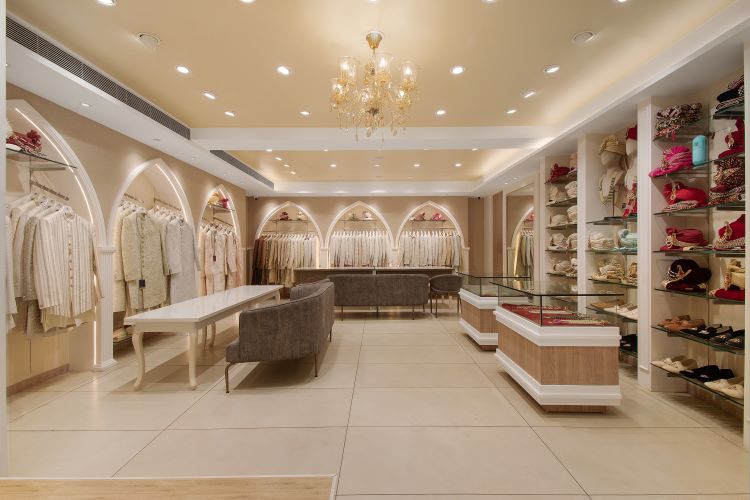Sanjay Bhatia
Retail shop design aims to captivate and engage customers through the use of architectural design, spatial dynamics, and sensory aspects. These days, upscale retail stores emerge as immersive spaces that are skillfully designed to attract discerning customers. Shoppers are influenced by a myriad of cues that trigger their decision-making process and this is where the layout of the store shines as a guiding light. Rising above decoration and displays, the layout of a store plays an important role in steering their journey from the moment they enter to the point of purchase. Retailers tap these triggers and create spaces that engage the shoppers. In this article, we delve into the intricate psychology of retail design, exploring how the strategic layout and aesthetic choices can impact shopper behaviour.
The Power of First Impression
First impressions in retail stores set the tone for the further shopping experience. This critical “decompression zone” at the entrance should be inviting, allowing customers to acclimate to the environment. Efficient lighting, engaging signages, and product displays create a welcoming atmosphere. A thoughtfully designed entrance evokes a sense of curiosity for the customers making them more likely to engage with store offerings. The power of first impressions influences the brand’s value, directly impacting the shopper’s behaviour.
Navigating the Layout: The Path to Purchase
Retail stores often follow a free-flow layout that offers an intuitive shopping experience. Unlike grid layouts, free-flow layouts encourage customers to move around the store, seeing products organically. This emphasises creating unique and immersive experiences. By removing rigid channels, the free-flowing design creates a sense of exploration and discovery. It makes it easier to buy the products hassle-free. For instance, in our project Pretty Cosmo- an exclusive cosmetic shop includes attractive displays and strategically placed focal points that subtly guide shoppers, creating brand awareness and engagement. This system also allows for flexibility in store design, enabling retailers to frequently update their displays. It keeps the shopping experience dynamic and engaging.
Visual Merchandising: Captivating the Senses
Considering other factors in design, the strategic use of colour, lighting, and arrangement of products also impact the shopper’s behaviour. Colours can influence the buying decisions of the consumer. Warm colours like red and orange create a sense of excitement while cool colours like green promote trust, elevating the shopping experience. Further, lighting can enhance the appeal of products offering customers a sense of awe and wonder. Our project White Hanger- a boutique store incorporates dynamic lighting to create focal points and accent lighting to highlight featured items. Additionally, eye-level placement is good for high-budget products, while pairing related products can encourage new purchases.
Creating Emotional Connections: The Role of Atmosphere
Sensational elements like music and scents help to create memorable interactions for the customers. Background music sets the tone and pace of shopping. Upbeat music can create a happy atmosphere while soft music can be relaxing for an individual. Additionally, the smell is also related to memory and emotion, as it can influence purchasing decisions. A pleasant smell can create a positive impact, and enhance the overall experience while driving sales efficiently.
In essence, leveraging the psychology of design is key to creating retail spaces that engage the shoppers effectively. Within this fusion, the future of retail promises to be more innovative, personalised, and engaging than ever before.
Sanjay Bhatia is Director of SSB Architects
